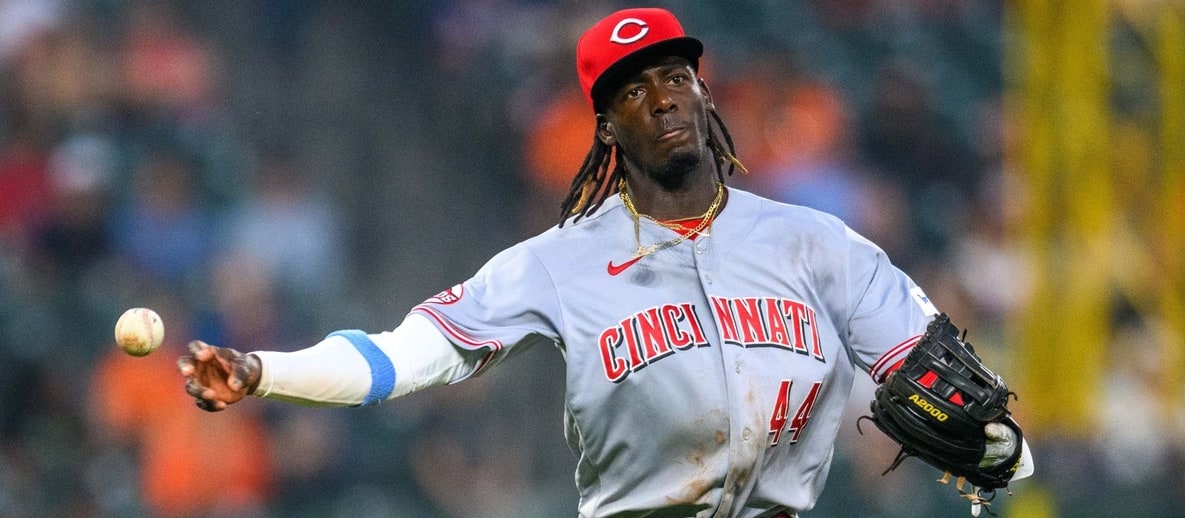Drafting, and then doing nothing. Two of my favorite things.
Underdog Fantasy is running a second half best ball contest, beginning Friday, July 14. The primary tournament is the 7th Inning Stretch, with a $7 entry fee and a total of $150,000 in prizes, including $30,000 to the overall champ. The competition is survivor style, where teams need to survive a series of rounds.
The format is designed for multiple entries (150 max) with drafts having started already. However, the leagues are essentially sit and go, with drafts taking about an hour, so it is still possible to build a solid portfolio by the time action commences.
Click HERE for the complete rules.
The key to any best ball/points leagues scoring is adapting rankings to match the format. The active lineup consists of three starting pitchers, three infielders, three outfielders and a flex (either an infielder or outfielder). Catchers count in the infield pool, so there are five positions from which to choose an infielder, with only three for outfielders. Even though on the average, outfield production is better than infield, volume dictates outfielders being ranked ahead of infielders (and pitchers).
This outfield scarcity is well known among Underdog veterans, which often results in a lesser outfielder being drafted ahead of a superior infielder. Be careful; this could be a mistake. Yes, quality outfielders dry up fast, but you don't want someone with a solid outfield base then drafting the top infielders, because the room overreacted to the scarcity. You can draft quality infielders and pitchers before taking your first outfielder, but you'll want to draft your third outfielder before your third infielder or pitcher.
A full team consists of 10 active players and 10 reserves, with the site optimizing your lineup on a weekly basis. Most draft seven pitchers, six or seven infielders and six or seven outfielders. Many accomplished drafters opt for only six starting pitchers with seven infielders and seven outfielders.
With no in-season pickups, there is clearly some attrition-based luck, but you can also choose to embrace the variance and draft a high-upside roster, or load up on "safer" guys, but lacking a high ceiling. Of course, a combination works (boring early, chances later). In addition, with the contest encouraging multiple entries, you can diversify strategies, assembling some win or bust rosters, as well as some with boring, less injury-prone players.
The best teacher is experience. It's probably best to use the rankings below for your first couple of drafts, but as you get a feel for how things go, you can read the room and deviate to mesh with your drafting and roster building style.
Good luck, have fun, and if you happen to be in a draft with "ToddZ", go easy on him.






































